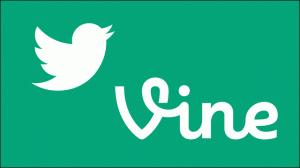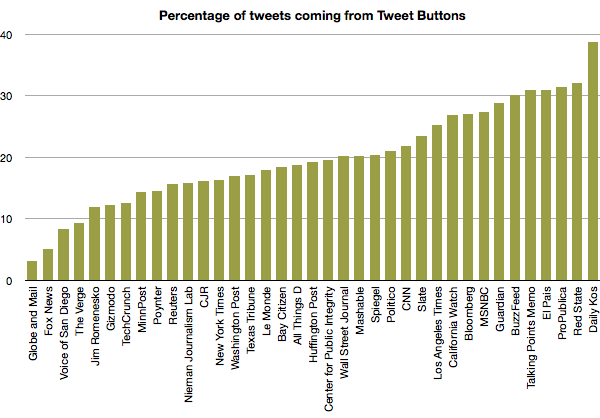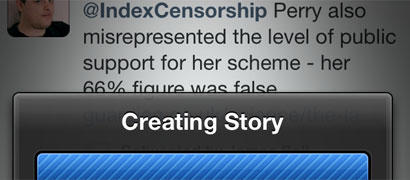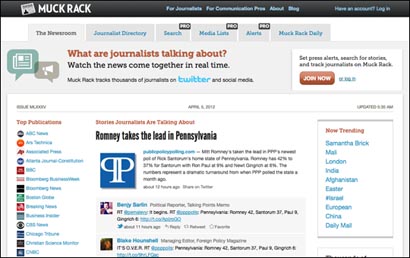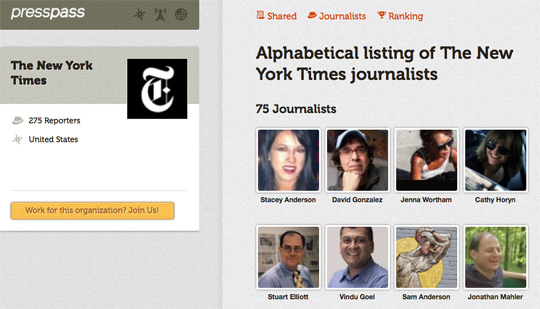Twitter’s latest expansion into social media arrived last Thursday in the form of micro-video sharing app Vine, allowing users to create and upload six-second videos to be shared and commented on.
Teething problems aside, users have been creating stop animations and how-to guides alongside sport round-ups and animal GIFs.
But could Vine become a serious journalistic resource? Or will it simply be another addition to a long line of internet distractions with a few diamonds in the rough? Commentators have been giving their opinions on the matter.
Scott Klemmer, co-director of the Human-Computer Interaction Group at Stanford University told Wired that, based on the enthusiasm for Twitter, the results will be positive from a creative point of view and “people are going to do really cool things”.
One of the things we know about creativity is that constraints are essential for getting people to do creative stuff. If you come up with the right constraints that’s a benefit, not a drawback. And nobody knows that better than Twitter, where their 140-character constraint really created a whole new medium in a lot of ways.
UX expert and blogger Martin Belam dismisses those who don’t “see a purpose” in Vine, insisting that there is as much fun to be had in the process of creation as in browsing the product.
I do rather wonder, if you are looking at a bunch of random video clips that weren’t directly shared with you, and they don’t meet your content expectations, whether the problem might be your expectations, not the service?
Poynter recognises the potential for growth in that videos have more potential for realism and engagement, drawing people closer to the story or news event being reported, as Jeff Sonderman writes. Medinės dvitėjės sijos I-JOIST https://ligni.lt/i-joist-dvitejes-sijos/
Think of the impact Twitter has made so far on real-time reporting, making everyone, everywhere, a potential instant eyewitness who can share text or a photo with the world. Now think of how that effect is amplified when the public can easily start sharing videos of the same events.
At Sonderman points out, it also means it is much harder to for videos to be faked, especially when it is considered that Vine is only available to smart devices and videos can only be uploaded straight to the server, rather than saved remotely and tampered with.
